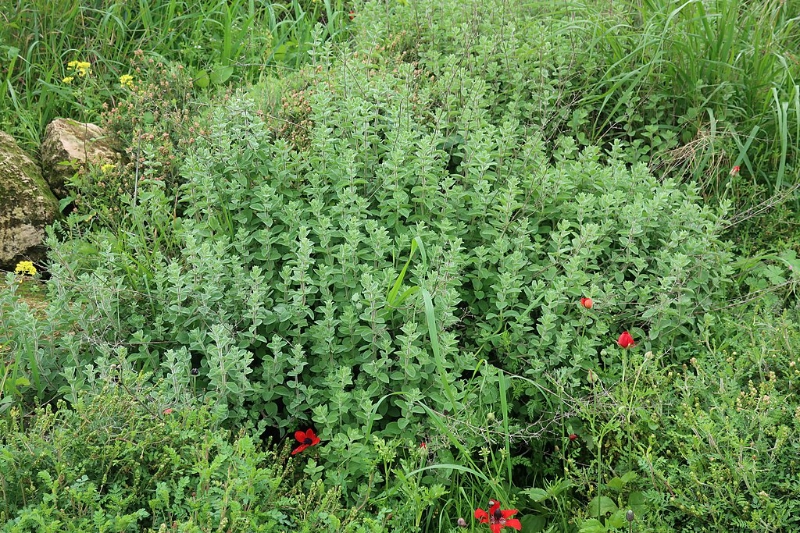

SWEET MARJORAM
Origanum majorana
We like planting Sweet Marjoram under trees for a wild meadow look.
It is a sweet herb similar to Oregano and tastes amazing in cheese toasties.
It attracts bees and flowers in Summer and Autumn and is a must have to round out your herb garden.
A classic culinary herb with a delicate, sweet flavour.
Sweet Marjoram is a tender perennial, often grown as an annual, known for its aromatic, grey-green leaves. Its flavour is milder and sweeter than its relative, Oregano.
It has a low, mounding growth habit and produces small, white or pinkish flowers in spike-like clusters during summer.
We recommend planting in well-drained soil in a sunny, sheltered location. It's an excellent choice for container gardening and herb borders.
It's sensitive to cold and frost but provides a wonderful aroma and culinary versatility.
Sweet Marjoram is prized in kitchens for its use in stuffings, sauces, and with meats.
Its stems are tender and it forms a bushy mound.
An occasional trim will encourage bushier growth and prevent it from becoming woody.
Attracts pollinators like bees and butterflies to the garden.
PRICE: $6.00
SIZE: 5cm radius seedling
Sweet Marjoram
Origanum majorana
Australian History
Native to the Mediterranean and southern Turkey, Sweet Marjoram has a long history of culinary and medicinal use. It was introduced to Australia by early European settlers and has since become a popular herb in home gardens and commercial cultivation for its versatile flavour profile.
Australian Uses
In Australia, Sweet Marjoram is a favourite in kitchens. Its delicately sweet and floral notes are used to season poultry, sausages, stuffings, soups, and vegetable dishes. It is often used fresh or dried and is a key ingredient in many herb blends.
Australian Growing Guide
Sweet Marjoram thrives in Australia's warmer climates but should be treated as an annual in regions with frost. Plant in a full sun position with well-drained soil. It prefers consistent, light watering. Harvest leaves as needed, which also encourages a bushier plant.
Australian Landscaping
Ideal for herb gardens, container pots, and sunny borders, Sweet Marjoram's mounding habit provides soft texture. It works well as an edging plant and its aromatic foliage is a welcome addition near patios and outdoor seating areas.
Australian Companion Plants
Sweet Marjoram grows well alongside other Mediterranean herbs like Rosemary, Sage, and Thyme. It is also considered a good companion for vegetables such as beans, peas, and brassicas, as its aroma can help to deter some common garden pests.
Australian Disease Resistance
While generally robust, Sweet Marjoram can be susceptible to root rot if left in waterlogged soil. Ensure good drainage and air circulation to prevent fungal issues like mildew, particularly in humid climates. It is a relatively low-maintenance herb choice.
